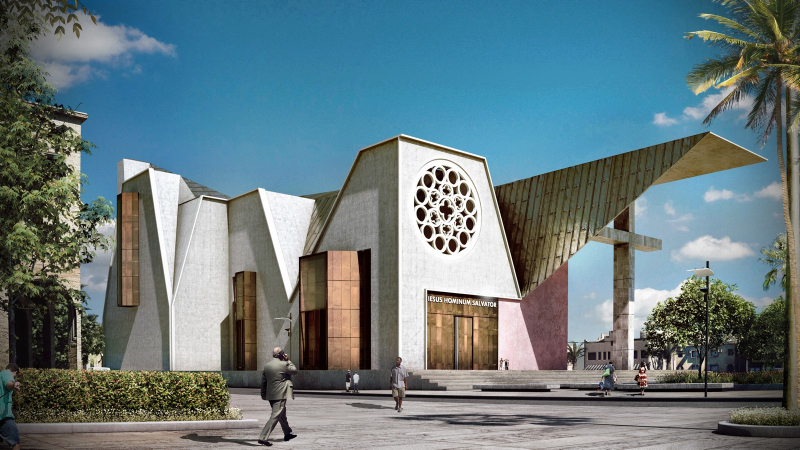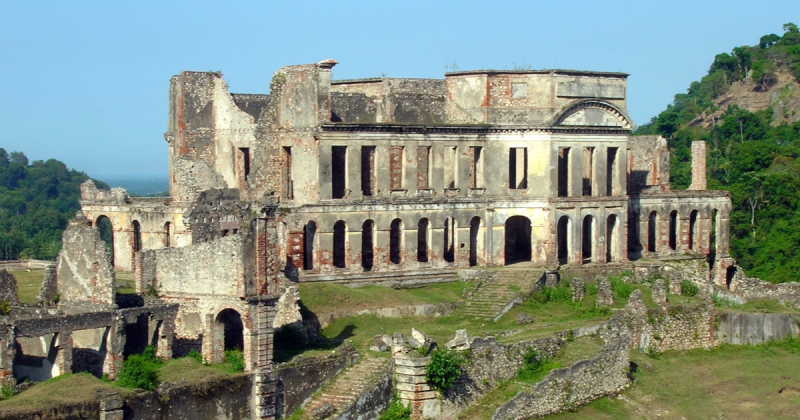Architecture
The most notable landmarks in Haiti are the Sans-Souci Palace and the Citadelle Laferrière, both of which were designated World Heritage Sites in 1982. The constructions date from the early nineteenth century and are located in the Northern Massif de la Hotte, one of Haiti's National Parks. The structures were among the first to be constructed following Haiti's independence from France. The 2010 Haiti earthquake severely damaged Jacmel, the colonial city that was tentatively accepted as a World Heritage site.
Architecture has changed dramatically since the 2010 earthquake. With anticipated damages of $10 million, architectural measures were implemented immediately. In the immediate aftermath of the earthquake, Article 25 of the United Kingdom recruited approximately 350 architects to assist in the reconstruction of Haiti. The United States also provided a significant contribution through the Architecture for Humanity initiative, which was launched in the aftermath of the earthquake. The architecture style became quite rational, involving a basic and practical style to aid in the most effective reconstruction of the damage. There has also been a major push to create more open-air clinics with health precautions as a top emphasis.















